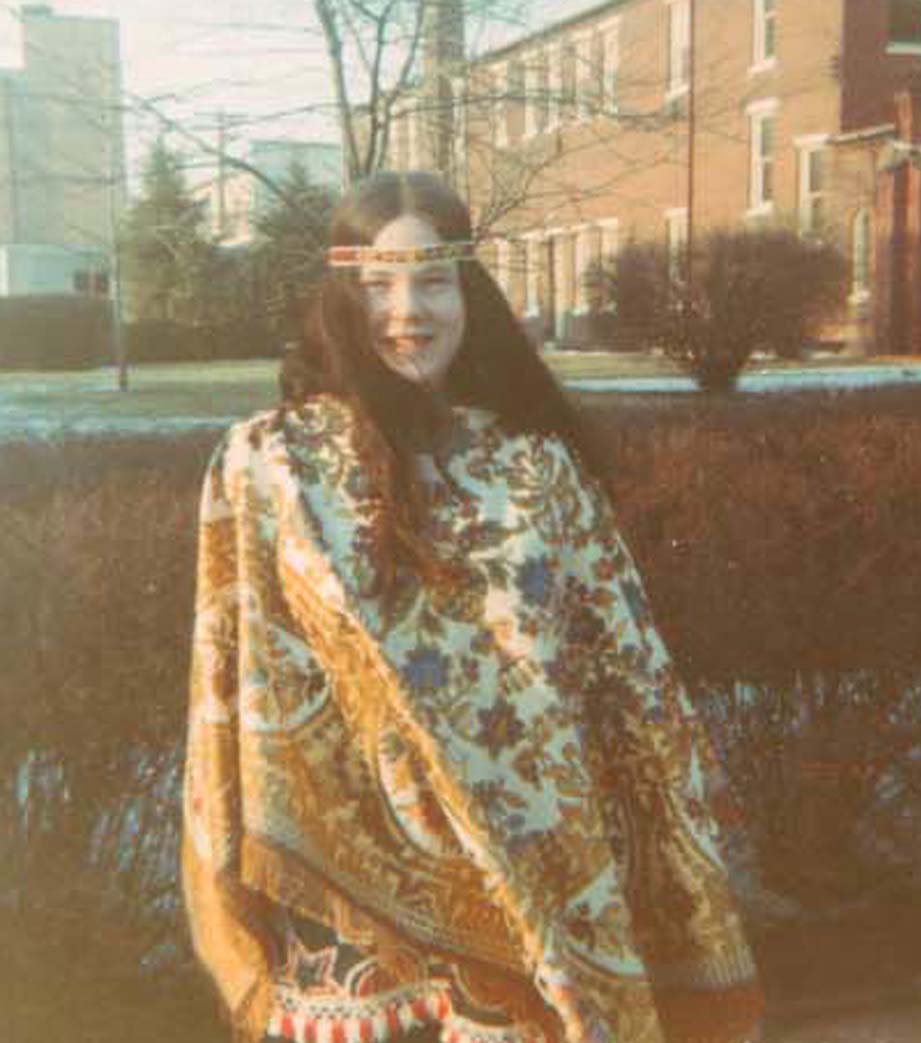skip to main |
skip to sidebar

Jennifer's Representation

1970

Fall 2005

Driven to Cherokee (August 2004)

Jennifer's O.T. Project
Memoir Madness: Driven to Involuntary Commitment
Cherokee

Jennifer's Representation
About Jennifer Semple Siegel...
Quick Links...
Jennifer L. Semple

1970
Jennifer Semple Siegel

Fall 2005
Cherokee Mental Health Institute Grounds

Driven to Cherokee (August 2004)
From "Melanie"

Jennifer's O.T. Project
Privacy Notice
We no longer use third-party advertising companies to serve ads when you visit our website. These companies may use information (not including your name, address, email address, or telephone number) about your visits to this and other websites in order to provide advertisements about goods and services of interest to you. If you would like more information about this practice and to know your choices about not having this information used by these companies, click here.